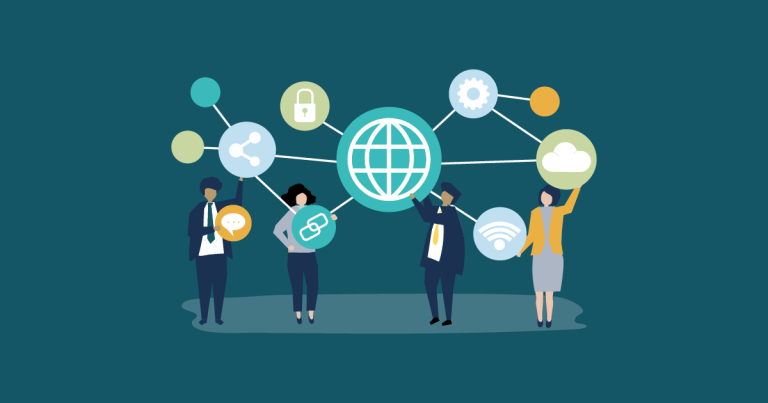
TCP/IP: The Backbone of Internet Communications
When we think of the internet, images of websites, streaming videos, and social media platforms often come to mind. But underneath these user-friendly interfaces lies a complex infrastructure governed by the TCP/IP protocol suite. Let’s uncover the magic behind the scenes, enabling seamless communication across the globe.
Introduction to TCP/IP
TCP/IP, which stands for Transmission Control Protocol/Internet Protocol, is a suite of communication protocols used to connect devices on the internet. It ensures that data being sent from one computer to another arrives intact and in the correct order.
The TCP/IP Model
The TCP/IP model divides the communication process into four layers, each responsible for specific functions:
Application Layer:
The closest layer to the end-user, it provides user interfaces and support for services like emails, remote file access, and transfer. Protocols like HTTP, FTP, and SMTP operate at this layer.
Transport Layer:
Ensures the reliable arrival of messages. This layer has two main protocols:
- TCP (Transmission Control Protocol): Provides reliable, ordered, and error-checked delivery of data between applications.
- UDP (User Datagram Protocol): Provides a faster but less reliable communication mechanism, commonly used for streaming services.
Internet Layer:
Handles the movement of packets around the network. The key protocol here is:
- IP (Internet Protocol): Its main task is to deliver packets from the source host to the destination host based on their IP addresses.
Network Access Layer:
Concerned with the physical transmission of data. This includes protocols like Ethernet and other hardware-related operations.
IP Addressing
Every device connected to the internet is assigned a unique IP address, which serves two primary functions:
- Host or Network Interface Identification
- Location Addressing
IP addresses are typically represented in a dotted-decimal format, such as 192.168.1.1.
Ports and Sockets
To manage multiple communication processes on a single server or client, the concept of ports is introduced:
- Ports: Logical endpoints for communication. Standardized services have specific port numbers. For example, HTTP uses port 80.
- Sockets: Think of them as virtual endpoints where data can be sent or received. A combination of an IP address and a port number creates a unique socket.
The Magic of Handshaking
Before actual data communication starts, the two devices must agree on the terms of data exchange. This agreement is achieved through a process called “handshaking,” particularly in the TCP protocol. The famous “Three-Way Handshake” (SYN, SYN-ACK, ACK) ensures that both the sender and receiver are synchronized and ready for data transfer.
Data Transmission and Segmentation
Large chunks of data are broken down into smaller segments for easier transmission. At the receiver’s end, these segments are reassembled to construct the original data.
The Importance of TCP/IP
- Interoperability: TCP/IP provides a standard that ensures all internet devices, regardless of brand or model, can communicate.
- Scalability: As the internet grows, TCP/IP adapts, ensuring that even with billions of devices connected, communication remains smooth.
- Reliability: With its error-checking capabilities, acknowledgment segments, and handshaking processes, TCP/IP ensures data integrity and reliability.
While the internet’s visual elements capture our attention, the true wonder lies beneath, in the protocols and structures enabling global communication. TCP/IP, as the backbone of internet communications, ensures that our online experiences are consistent, reliable, and, above all, connected. So, the next time you click on a link or stream a video, remember the intricate dance of protocols working seamlessly behind the scenes.